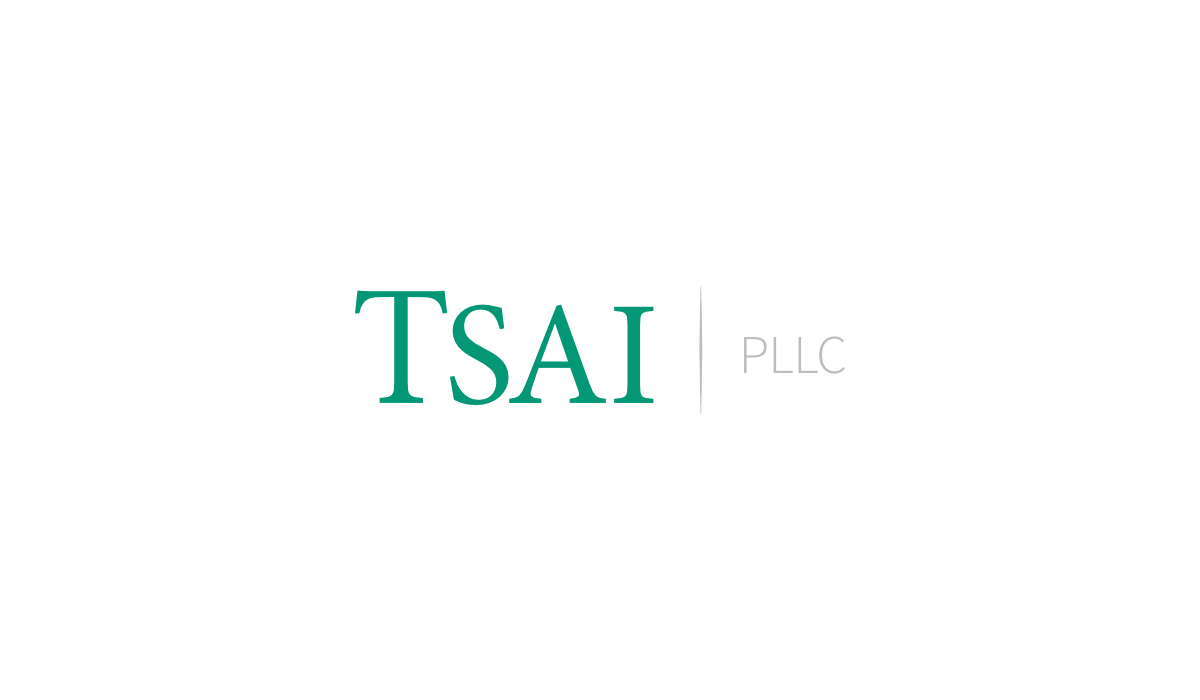New York's labor laws are known for their robust worker protections, and one often-overlooked area is the "spread of hours" rule. This regulation can significantly impact both employers and employees, particularly in industries with fluctuating work schedules. Let's break down what you need to know.
What is the "Spread of Hours"?
In New York, the "spread of hours" refers to the total length of the workday, measured from the employee's start time to their end time, including any breaks. According to the New York Labor Law, if an employee's spread of hours exceeds 10 hours in a single workday, they are entitled to an additional hour of pay at the basic minimum hourly rate.
Key Points to Remember:
Applicability:
This rule applies to most non-exempt employees covered by the New York Minimum Wage Order.
Certain industries, such as transportation workers, may have specific exceptions.
Calculation:
The 10-hour threshold includes all time spent working, as well as any unpaid breaks.
For example, if an employee works from 9:00 AM to 8:00 PM with a one-hour unpaid lunch break, their spread of hours is 11 hours (9:00 AM to 8:00 PM), triggering the extra hour of pay.
Minimum Wage Rate:
The additional hour of pay is calculated at the basic minimum hourly wage rate, even if the employee's regular rate of pay is higher.
Record Keeping:
Employers are required to maintain accurate records of employees' start and end times, as well as break times, to ensure compliance with the spread of hours rule.
Penalties:
Failure to comply with the spread of hours rule can result in significant penalties for employers, including back pay and potential fines.
Impact on Employers:
Employers must carefully manage employee schedules to avoid exceeding the 10-hour spread of hours.
This may require restructuring shifts or hiring additional staff.
Accurate timekeeping is crucial to prevent costly violations.
Impact on Employees:
Employees should be aware of their rights regarding the spread of hours.
They should keep their own records of their work hours and report any violations to their employer or the New York State Department of Labor.
Knowing this rule can significantly impact their total compensation.
Common Scenarios:
Restaurants and hospitality: Long shifts are common, making this rule particularly relevant.
Retail: Seasonal fluctuations can lead to extended workdays.
Any industry with on call shifts, and long shifts.
What to do:
Employers: Review your current scheduling practices and ensure compliance with the spread of hours rule. Consult with legal counsel to address any potential issues.
Employees: Familiarize yourself with your rights and keep accurate records of your work hours. If you believe your rights have been violated, seek legal advice.
Disclaimer: This blog post is for informational purposes only and does not constitute legal advice. It is essential to consult with a qualified attorney for advice tailored to your specific situation.
